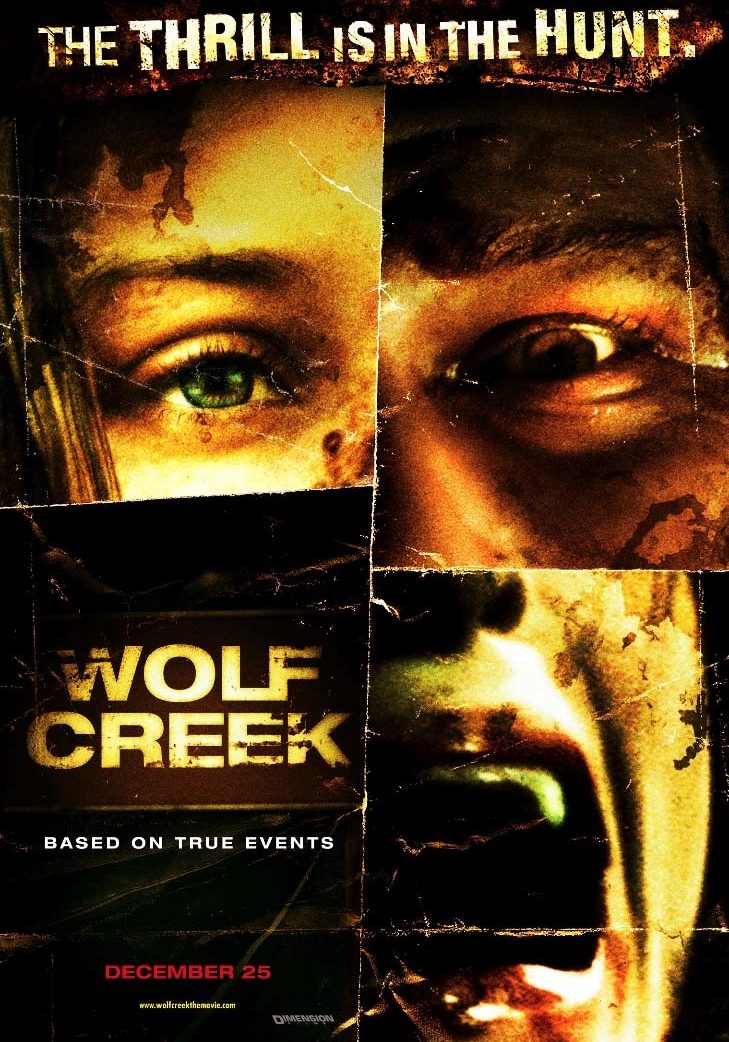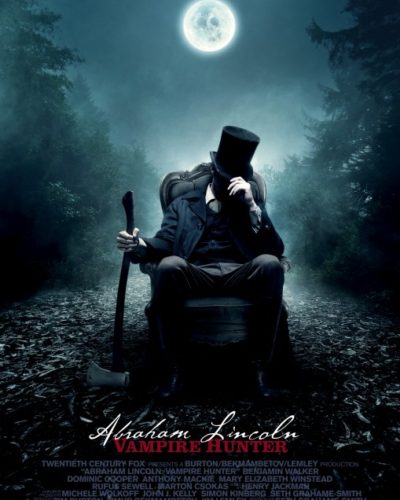A Descent into ‘Wolf Creek’: Nature’s Unforgiving Brutality
“Never said I was fair, mate. I’m just battler like anyone else.” – Mick Taylor
Directed by Greg McLean and released in 2005, Wolf Creek is an unforgiving journey into the heart of Australian Outback horror. With its premise rooted in the ‘backpacker murders’ and harsh Outback survival stories, the movie introduces us to three young travelers who find themselves stranded in the wild expanse of Australia’s scenic, yet perilous, natural environment. They come across a seemingly amicable bushman named Mick Taylor, a portrayal that transforms from an Outback cliché into something much more sinister as the film progresses.
Bleak Horizons, Brutal Tensions
The atmosphere and tone of Wolf Creek are among its most compelling features. McLean creates a sense of horror through a genuine feeling of isolation, with the scenic but desolate Australian wilderness serving as a silent antagonist. The dread builds slowly, making ample use of suspense and a looming sense of foreboding, which is further magnified by disquieting visuals that contrast the beauty of the natural landscapes with the impending threat of savagery.
The director’s method of building tension and fear pivots on unpredictability. We’re led to believe in one moment that safety is at hand, only to be thrust into anxiety the next. This gripping fluctuation between hope and despair is what keeps the audience on the edge of their seats.
Through a Lens, Darkly
Cinematography in Wolf Creek elevates the storytelling through its use of natural light that casts vast shadows across the barren expanse, fostering a feeling of vulnerability. The color palette is raw, imbued with the reds and oranges of the Outback, serving both as a backdrop of stark beauty and a prelude to bloodshed. There are no special effects gimmicks here, with McLean opting for a more practical and gritty visual style, impacting the viewer with its brutally realistic approach.
Sonically, the film’s soundtrack and sparse sound effects are pivotal. There are moments where the stillness adds to the anxiety, punctuated by sudden noises that startle both the characters and the audience. When the horror unfolds, the sound crescendos into a cacophony that mirrors the chaos on-screen, working hand-in-hand with the visuals to unsettle the viewer.
The Screams of the Real
The performances in Wolf Creek are critical to its immersion. The characters are portrayed with a grounded realism. Actors Nathan Phillips, Cassandra Magrath, and Kestie Morassi deliver believable responses to their horrifying circumstances, while John Jarratt’s portrayal of Mick Taylor is both charismatic and chilling, cementing his status as one of horror’s memorable antagonists. Their fear is palpable, enhancing the overall sense of horror.
McLean opts for a blend of psychological and real-world horror, steering clear of supernatural elements or overt reliance on gore. The film challenges the conventions of the genre by rooting its terror in the plausibility of the situation—a horror that draws on the possibility that it could indeed happen to anyone.
Reflected Nightmares
The movie’s methods to frighten are diverse, incorporating both psychological terrors and sudden, visceral shocks that are sparingly but effectively used. This is not mindless horror; its shocks are meticulously crafted to amplify the psychological tension rather than relying solely on them.
Underlying themes of isolation and the thin veneer of civilization bubble beneath the surface. Wolf Creek does not shy away from commenting on the randomness of violence and the darkness lurking within human nature, creating a film that is not just horrific, but unsettling on a philosophical level as well.
As for its effectiveness, Wolf Creek stands tall as a horror movie. It achieves a level of discomfort and fear that many horror films aspire to but few attain. Its barebone realism and evasion of genre clichés ensure that the movie engraves itself into the psyche of its viewers.
Horror aficionados who crave a story grounded in reality will find Wolf Creek a harrowing experience. Casual viewers with a taste for survival thrillers might also appreciate its rawness, though they should be warned of the film’s intense and graphic content.
Comparatively, Wolf Creek may not possess the supernatural allure of contemporary horror hits but stands alongside the likes of The Texas Chainsaw Massacre in its representation of a human horror that is all too real.
Closing Thoughts: A Trip into Terror
In hindsight, Wolf Creek excels as a gripping, spine-chilling contribution to the horror genre. Its strengths are its atmospheric tension, realistic performances, and haunting antagonist. However, it might be too intense for some viewers, with scenes that could trigger distress. In the arid expanse of the Outback, McLean finds fertile ground for fear, crafting an experience that is perhaps too real for comfort. For those ready to confront the brutality of nature—and humanity—at its most unforgiving, Wolf Creek offers an unforgettable journey into terror.




